Permaculture gardening – how to garden organically
Permaculture gardening mimics nature so that you can garden organically, encourage wildlife and have a low-maintenance yard all in one hit
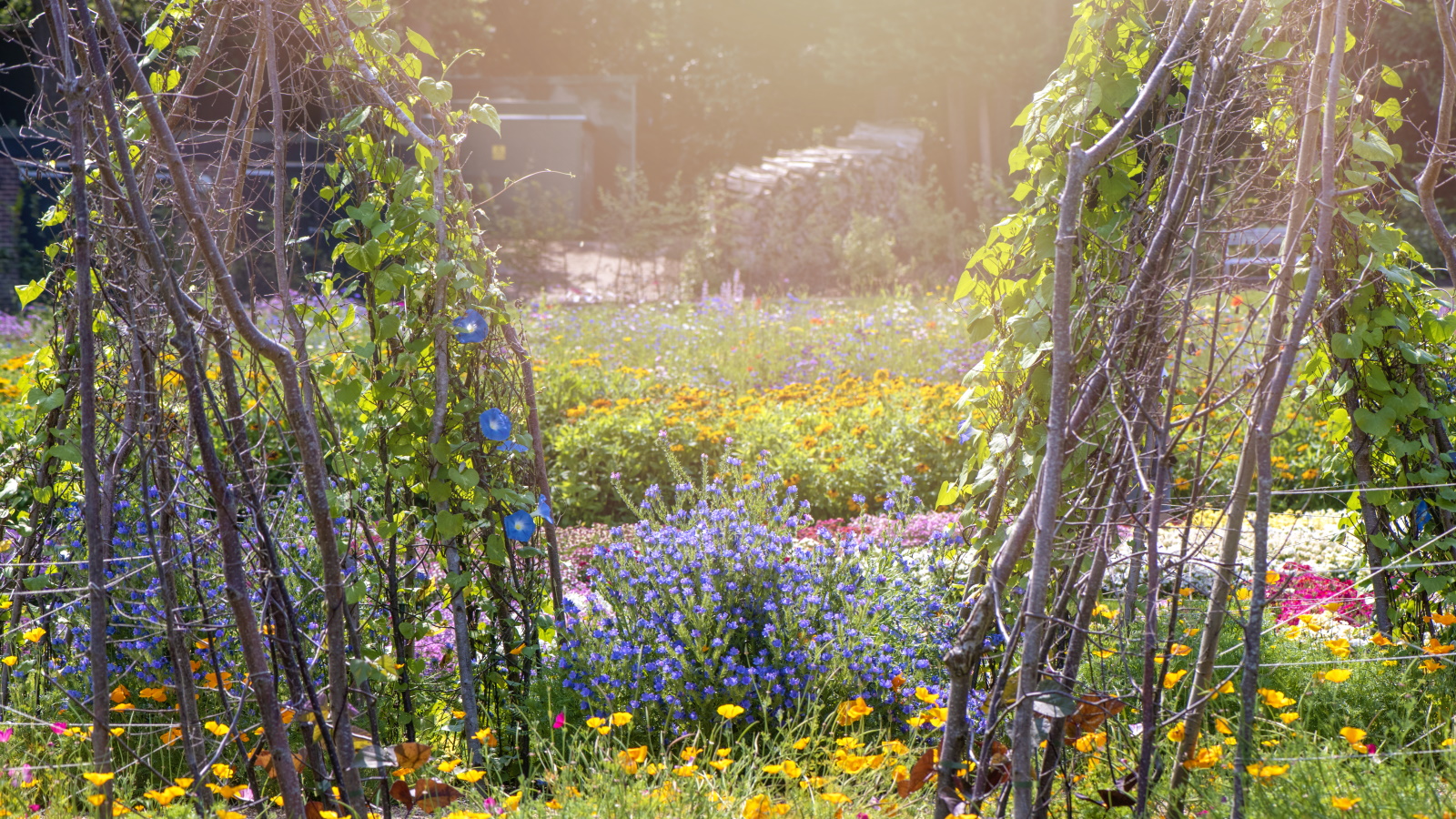

Thomas Rutter
Permaculture gardening will interest you if you enjoy growing fruit and vegetables, particularly organically. If you are considering alternative kitchen garden ideas or backyard design ideas and are keen to do it the right way.
Permaculture gardening is all about recycling, regenerating and reusing – and while these three 'Rs' capture something of the zeitgeist, they are also what nature does on its own. This is a sustainable approach to gardening, perhaps even a light-touch approach, working with and not against nature.
Here, we discuss the fundamentals of permaculture gardening – and offer on some permaculture gardening projects that help you to create your own eco-friendly outdoor space.
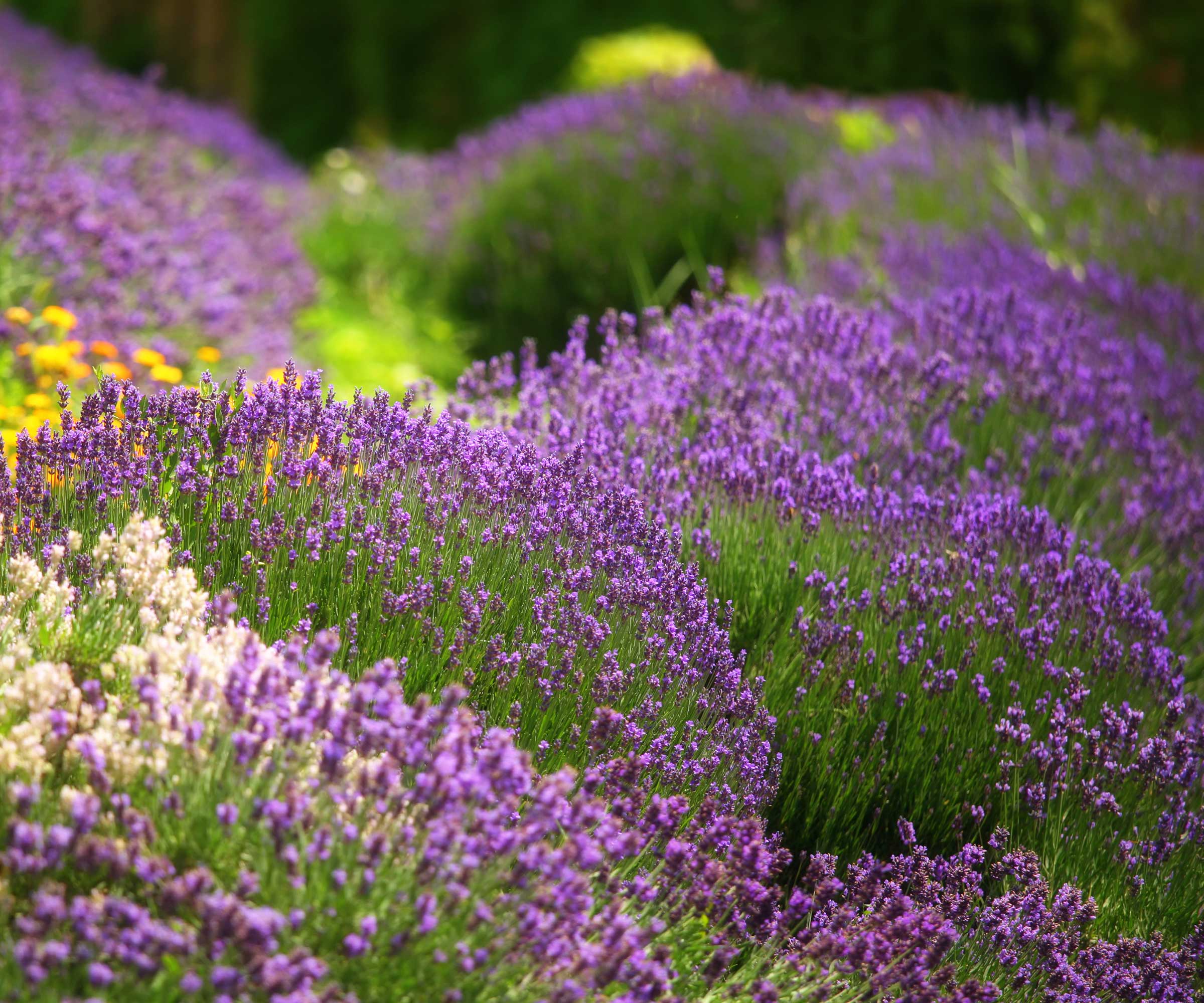
What is permaculture gardening?
Permaculture gardening is focused on principles of sustainability. The idea is to design your garden with your local environment in mind. For example, you should not try to grow things that are not suited to your climate, that will demand excess levels of water and fertilizer.
The three basic permaculture ethics are: (1) care for the Earth (2) care for people and (3) take only your fair share. By following these principles, gardeners can take a conscious and considered approach to their yards and plots. Small decisions and small acts can make a big difference.
How to design a permaculture garden
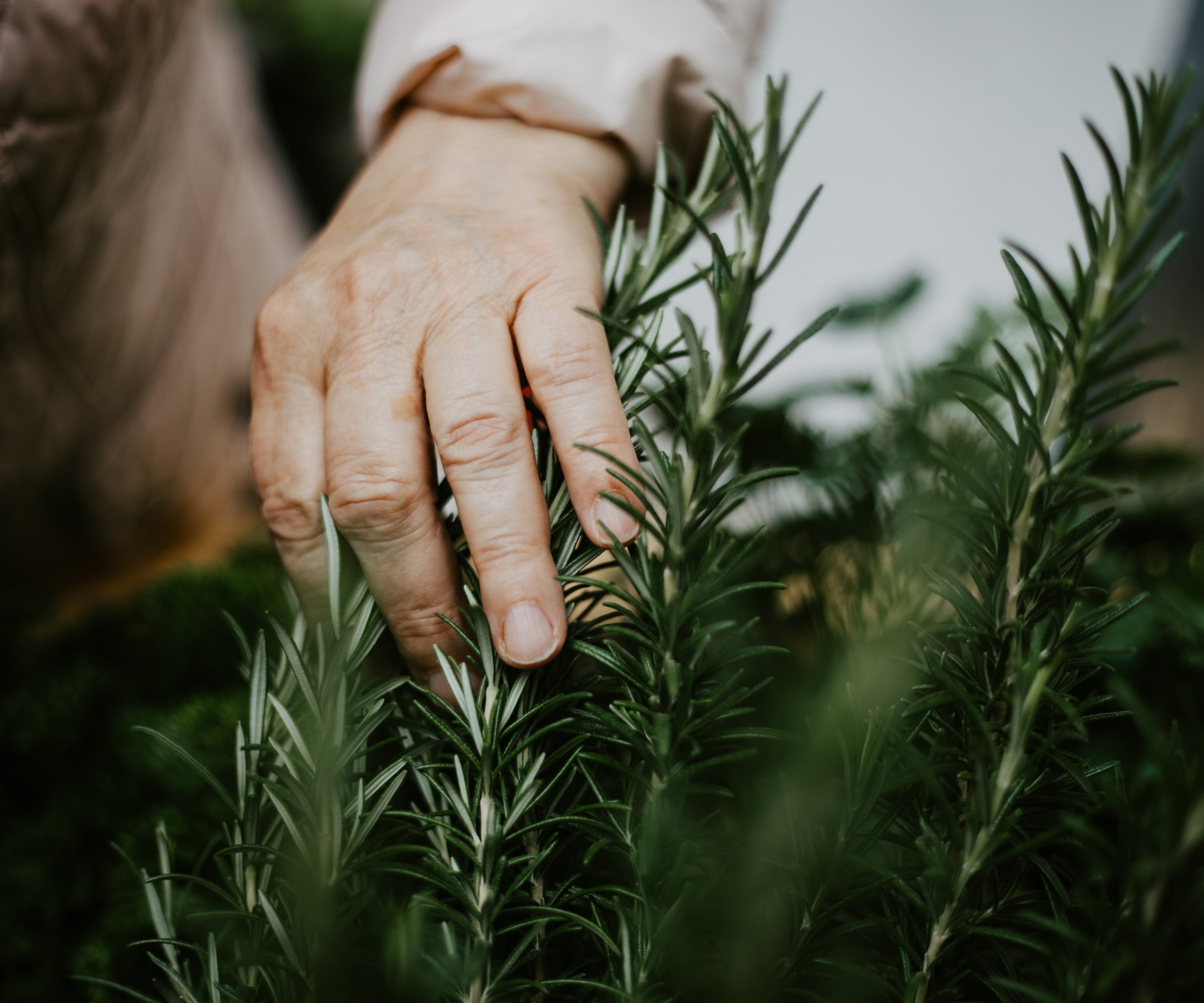
How to plan a garden that follows the permaculture approach? It's important to stress that not every single part of your garden has to have permaculture elements to it – although this is something you might like to work towards over time. The key is to copy nature by planting with these principles in mind:
- Start a permaculture garden at the right time of year – the beginning of the growing season is best.
- Begin with landscaping for practicalities – putting in water barrels, such as this Water Barrel from Walmart, to collect rainwater or consider a small pond where the soil is naturally waterlogged.
- First put in larger plants – trees and shrubs first, working through plant sizes to ground cover. Ensure there is space and resources to support them all naturally.
- Choose plants that will naturally do well in the local soil – The easier you make it for plants to flourish naturally, the more nature can take its course without your intervention. If unsure, it is best to test the pH of the soil, using something like this Soil Meter from Walmart.
- Plant for the local environment – look for Mediterranean garden ideas if you live in a hot, dry area, for example. Consider the effects of wind, as well as rain and light.
- Plant for low maintenance – For example, plan a dry garden if you live in an area with poor rainfall.
- Plant what you can manage – fruit and veg will need harvesting; some plants need-heading – if this type of maintenance is beyond you because of time constraints, scale back.
- Plant a wildlife zone – where you can let nature take over.
- Consider the shade and sun – this will impact on how and what you decide to plant.
What to grow in a permaculture garden
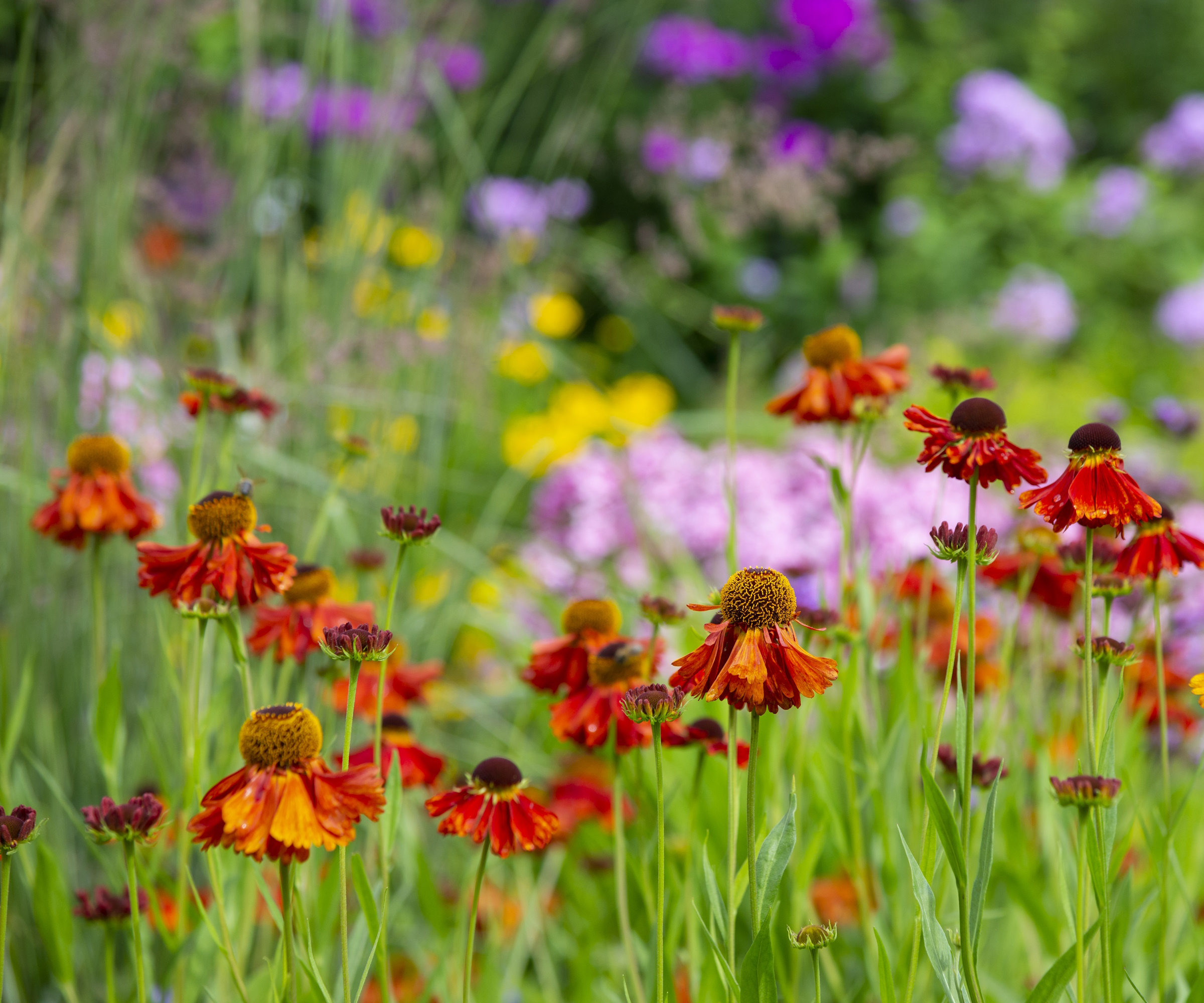
It is recommended that you plant a good mixture of fruit, vegetables and pollinator-attracting flowers. This includes:
- Native plants – that are happy in the soil and conditions of your garden will be the most successful and will require the least maintenance.
- Companion plants – that will look after each other, and prevent pest damage. For example, by planting strawberry companion plants next to your fruit bushes you will enjoy a bumper, tasty crop.
- Succession plants – whereby with careful planning, you can ensure continual harvests through the growing year. In theory, as one plant dies off, another will bloom or ripen, so you never have empty spaces or a lack of harvest.
- Perennials and annuals – perennials are of course the backbone of any garden, but permaculture gardening doesn't exclude annuals, many of which you might include anyway (think: cut flowers or vegetable seeds). And, of course, once annuals reach the end of their life cycle, they can provide useful bulk to the compost heap.
- Fruit and vegetables – it goes without saying that vegetable garden ideas will be the main event in your permaculture garden.
- Seed-givers – anything that will self-seed or provide seeds for sowing new plants next season should be welcome in a permaculture garden. If you are feeling generous, share seeds with fellow gardeners or your neighbors.
Thinking about soil, compost and mulch
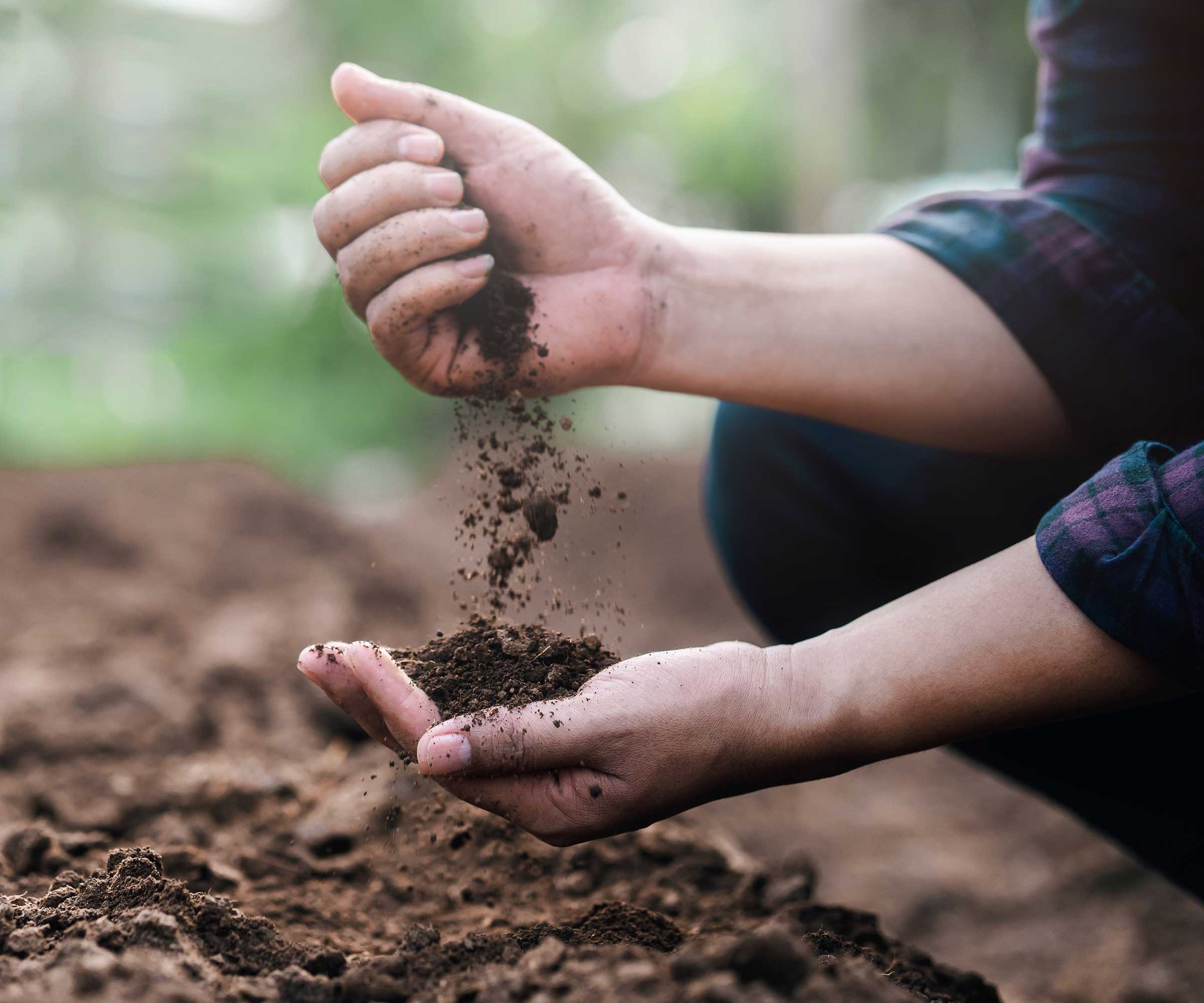
Good soil health is vital to successful gardening, permaculture or not, so thinking about soil health, composting and mulching is important. Keyhole gardening is a great example of a permaculture system, as it has a composting cage in the center of it, which naturally feeds the entire bed.
Permaculture gardening ideally follows a no-dig approach. Soil is improved by compost and protected by mulch, rather than dug over or turned using a fork.
For gardeners asking what is hugelkultur gardening, this organic and sustainable approach to raised bed gardening is another idea that uses permaculture methods, similar to the no dig method but building and mounding up raised beds.
Soil health can be protected with these simple approaches:
- No digging – let earthworms do their job and don't be tempted to turn over the soil which is full of nutrients and wildlife.
- No stepping – try not to walk on the beds you create – or at least minimize it – doing so compacts the soil. You want your soil to be aerated.
- Compost – add compost to the soil to build up nutrients before you start the planting process.
- Plant borders fully – this will cut down on water and weather erosion. Remember that bare soil is bad for weeds and bad for erosion.
- Allow plants to die off where they are – so that their decomposition adds to the soil's rich nutrients.
Composting for permaculture gardens is a must. Having a dedicated compost heap or composter is the best approach, onto or into which you can continuously pile food and yard waste.
Mulching is important in permaculture gardens. Sheet mulching is when you cover borders with layers of different materials – cardboard or newspapers or even torn-up fibrous sacks, followed by dead leaves, straw and compost, for example. This can be done over both soil and grass and is a soil-friendly way to prepare for next season's planting.
Pests and permaculture gardening
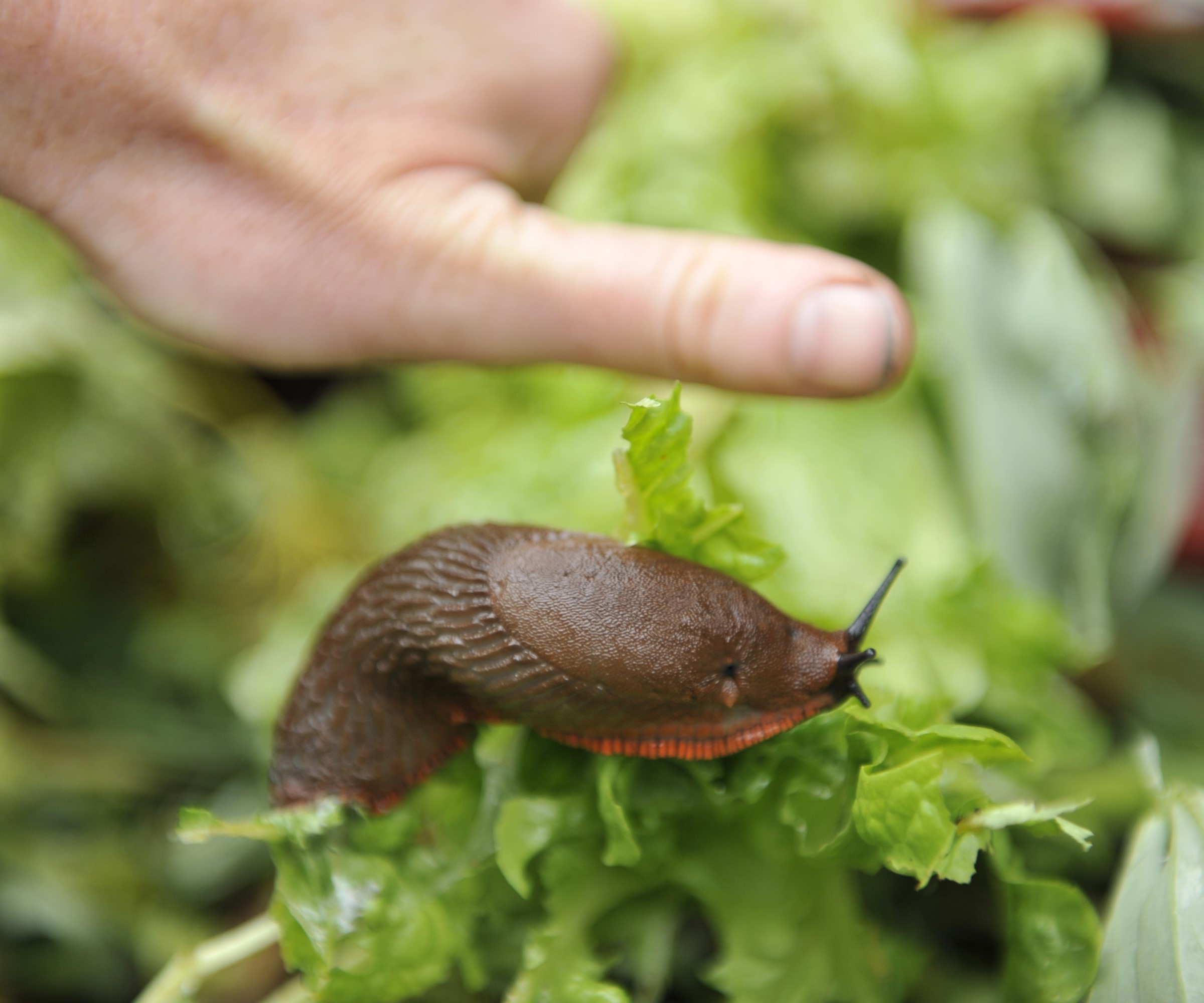
Creating a wildlife-friendly yard is important in permaculture gardening. The best way of deterring or killing pests is following an organic or natural approach.
This might mean anything from considering garden pond ideas full of frogs and toads that will eat slugs and snails, or onion companion planting to produce a bumper, healthy crop of onions that pests are deterred from munching.
Planting plenty of ground cover planting and mulching your yard will help to deter weeds and planting pollinator-friendly flowers will help to create a wildlife sanctuary all of your own.
FAQs
What plants should I grow to reduce the amount I need to water?
This will depend on your location and local climate. There are many drought-tolerant vegetables to try, as well as planting that can tolerate dry spells. Following this approach will reduce water dependency in your yard and create stronger and healthier plants that thrive in the right conditions.
Whilst starting a permaculture garden might seem like a big job to undertake, it is best to focus on small areas or projects that can help in your garden. For example, why not build a bug hotel in a corner of your yard?
Sign up to the Homes & Gardens newsletter
Design expertise in your inbox – from inspiring decorating ideas and beautiful celebrity homes to practical gardening advice and shopping round-ups.

Lola Houlton is a news writer for Homes & Gardens. She has been writing content for Future PLC for the past six years, in particular Homes & Gardens, Real Homes and GardeningEtc. She writes on a broad range of subjects, including practical household advice, recipe articles, and product reviews, working closely with experts in their fields to cover everything from heating to home organization through to house plants. Lola is a graduate, who completed her degree in Psychology at the University of Sussex. She has also spent some time working at the BBC.
- Thomas RutterContent Editor
-
 Extend the lifespan of your appliance with 5 simple but crucial washing machine maintenance tips
Extend the lifespan of your appliance with 5 simple but crucial washing machine maintenance tipsFrom cleaning the filters to keeping the door open, experts reveal the washer tips they swear by
By Andy van Terheyden Published
-
 These are the 6 must-have colors to decorate with in April 2025
These are the 6 must-have colors to decorate with in April 2025What do retro-inspired yellows and beautiful blues all have in common? They're on our hot list for the season ahead
By Sophia Pouget de St Victor Published